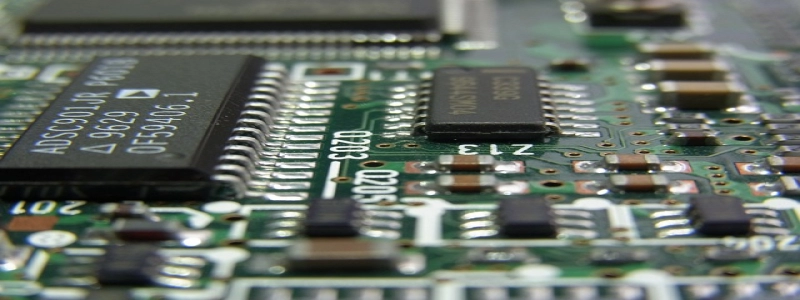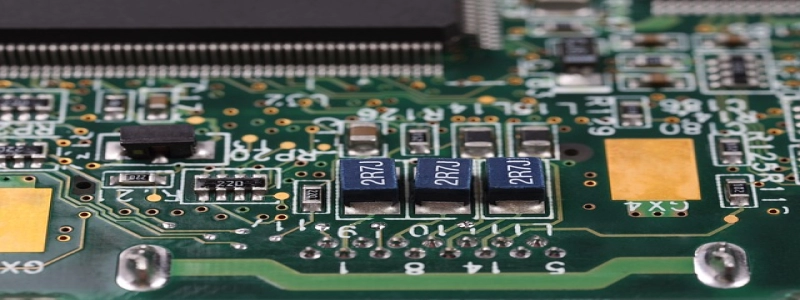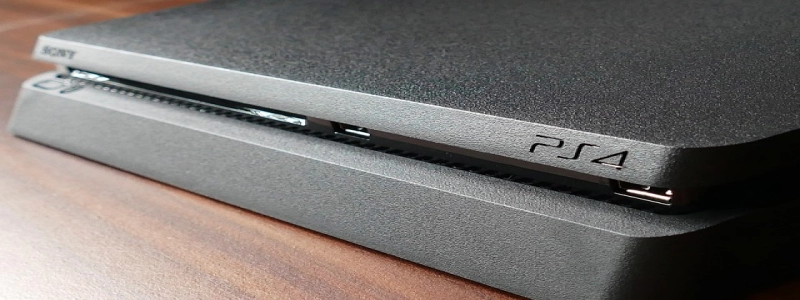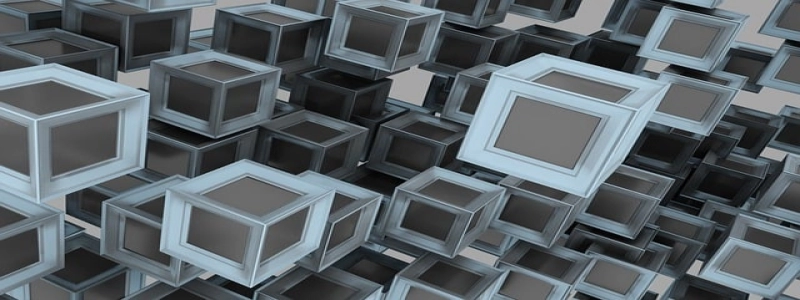Does it Matter What Ethernet Cable I Use?
介紹:
In today’s technology-driven world, Ethernet cables play a crucial role in providing reliable and fast internet connections. With the abundance of ethernet cable options available in the market, it is natural to wonder if the type of cable used actually makes a difference. 在本文中, we will dive into the various types of ethernet cables and discuss the importance of choosing the right one for your specific needs.
我. Understanding Ethernet Cables:
Ethernet cables are used to connect various devices, such as computers, printers, and routers, to form a local area network (LAN). These cables transmit data signals via copper wires, enabling smooth and efficient communication between devices. It is crucial to comprehend the different categories of ethernet cables to make an informed decision.
二. Different Types of Ethernet Cables:
1. Category 5e (Cat5e):
– Cat5e cables are often considered the minimum requirement for most residential and small business networks.
– They offer data transmission speeds of up to 1000 Mbps and are suitable for basic internet usage and file sharing.
– Cat5e cables have become a standard for many households due to their affordability and reliability.
2. 類別 6 (Cat6):
– Cat6 cables are an improved version of Cat5e, offering higher transmission speeds and reduced interference.
– They can handle data rates of up to 10 Gbps and are ideal for gaming, video streaming, and large file transfers.
– Cat6 cables use better insulation and tighter twists in their wires, minimizing crosstalk and improving overall performance.
3. Category 6a (Cat6a):
– Cat6a cables are an advanced option mainly used in commercial settings where maximum performance is required.
– They support data rates of up to 10 Gbps over longer distances without any signal degradation.
– Cat6a cables have extra shielding to minimize alien crosstalk and electromagnetic interference, ensuring reliable connectivity.
4. 類別 7 (Cat7):
– Cat7 cables are the top-of-the-line ethernet cables, offering the highest performance and shielding capabilities.
– They can transmit data at speeds of up to 10 Gbps over 100 米, making them suitable for data centers and server rooms.
– Cat7 cables utilize individual shielding for each pair of wires, providing excellent noise reduction and improved performance.
三、. Importance of Choosing the Right Ethernet Cable:
1. Speed and Performance:
– The choice of ethernet cable directly impacts the speed and performance of your network.
– Using a lower category cable than required might lead to slower internet speeds and poor overall network performance.
– It is essential to consider your current and future needs to select the appropriate cable that can handle your desired data rates.
2. Length and Environment:
– Different ethernet cables have varying maximum lengths they can reliably transmit signals.
– Cat5e and Cat6 cables are suitable for shorter distances, while Cat6a and Cat7 cables can handle longer network runs.
– 另外, if you plan to install cables in environments with high interference or electrical noise, higher category cables offer better protection.
3. Future-Proofing:
– Investing in higher category ethernet cables ensures future compatibility with emerging technologies, such as faster internet speeds or increased data demands.
– While Cat5e may be sufficient for basic usage today, upgrading to Cat6 or Cat6a will provide more headroom for future network expansions.
結論:
綜上所述, the choice of ethernet cable does matter when it comes to the performance and reliability of your network. Understanding the various types of ethernet cables and their capabilities is essential for making an informed decision. Whether it’s for residential or commercial use, considering factors such as data rates, cable length, and environmental conditions will help ensure a seamless and efficient network connection. So, next time you find yourself in need of an ethernet cable, choose wisely and experience the difference it can make.








